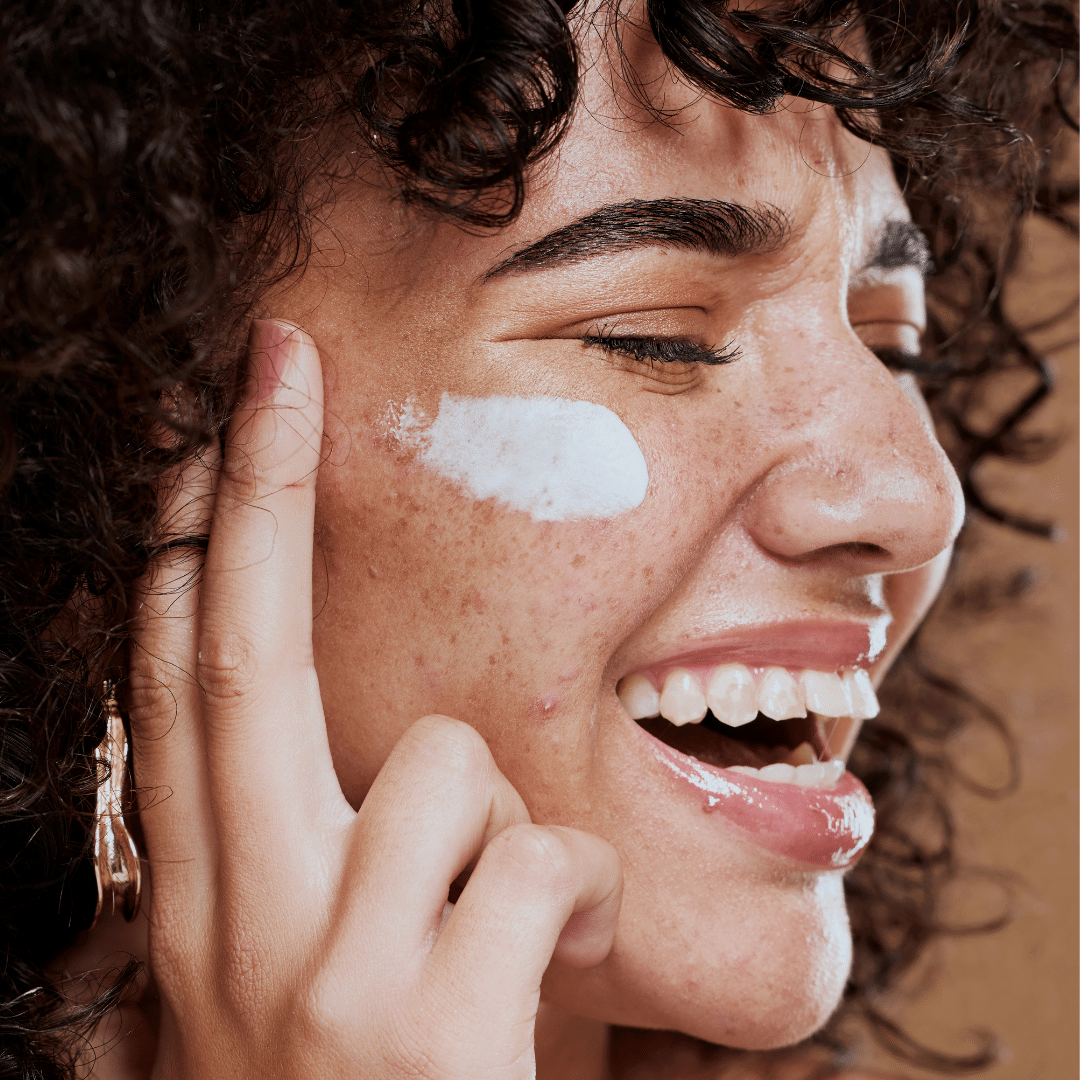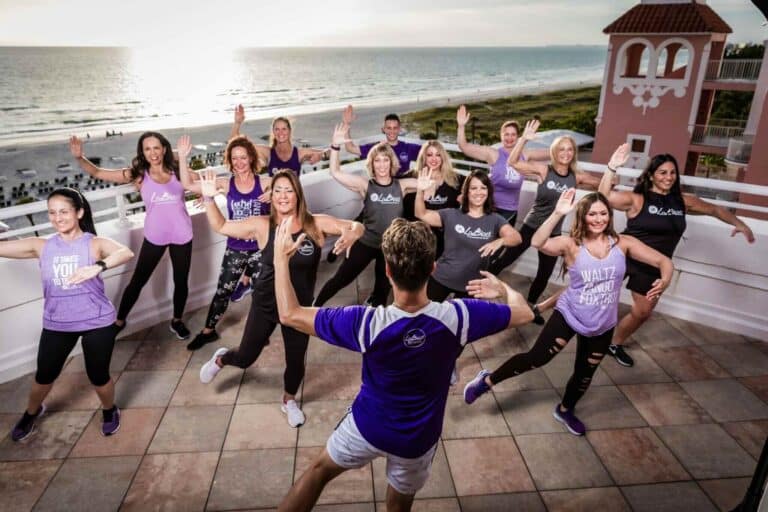November marks National Healthy Skin Month, a celebration by the American Academy of Dermatology (AAD). In this blog post, I’ll be sharing my top three tips for achieving healthy skin. You’ll discover the three best methods to safeguard your skin, along with two critical actions to abstain from – actions that could have lasting detrimental effects on your skin.
In the process, we will address the following questions:
- What is the dermatologist-recommended SPF?
- Should you opt for a cream or a spray?
- How about sunscreen for infants?
Tip #1: Optimal Sunscreens and SPF Value
The overwhelming array of sunscreen products lining the shelves today, each with varying SPFs, may not have escaped your notice.
Undoubtedly, SPF, or Sun Protection Factor, quantifies the level of protection a sunscreen offers against sunburn. Opting for a product with a considerably high SPF, around 50 (given that SPF 50 can effectively block 98% of harmful rays), is advisable. This choice affords you additional assurance of the highest level of protection.
Furthermore, ensure that your sunscreen is labeled as “broad-spectrum.” This signifies that it guards against both categories of detrimental ultraviolet radiation: UVA and UVB.
What distinguishes these two types?
- Ultraviolet A (UVA) rays penetrate deeply into the skin, promoting premature aging, wrinkles, and even skin cancer.
- Ultraviolet B (UVB) rays cause sunburn, their effects being more superficial and less penetrating than UVA rays.
Hence, safeguarding your skin necessitates defense against both types: UVA to stave off skin cancer and wrinkles, and UVB to prevent sunburn.
What’s the optimum sunscreen to use?
From the dizzying array of products on the shelf to choose from, choose a cream that’s within your budget, non-greasy, broad-spectrum and a minimum of SPF 50.
Cream or Spray?
When it comes to the choice between cream and spray, the dermatologists at Duke University advocate for the initial application of a cream. Creams possess deeper penetration and prolonged effectiveness. Following this, subsequent applications, be it cream or spray, are recommended every 90 minutes.
Babies
Effective sun protection is of paramount importance, especially for children’s delicate skin. However, it’s worth noting that sunscreens are not advisable for infants under 6 months old. These tender young beings possess highly sensitive skin, prone to developing rashes from sunscreen products. Hence, it’s best to entirely shield babies from direct sun exposure, opting for shaded areas.
Tip #2: Opt for the Right Hat
To ensure optimal protection, select a hat with a tightly woven fabric and a broad brim, effectively guarding your face, ears, and neck. Generally, canvas hats offer better defense compared to straw, unless the straw hat boasts a tightly woven structure. Additionally, remember to shield your arms and legs as needed, utilizing long-sleeved shirts and pants. While a T-shirt can provide some protection, it’s surprising to discover that the average T-shirt has an SPF rating lower than 15, which diminishes when the shirt is wet.
Tip #3: Nourish Your Skin through Nutritious Eating
The relationship between healthy eating and skin vitality might surprise you.
The sustenance you consume today contributes to the condition of your skin (as well as other organs) in the following week. Given that your skin is your body’s largest organ, a diet rich in fresh fruits, vegetables, and wholesome proteins plays a pivotal role in maintaining its radiance and beauty. Adequate hydration is equally essential – remember to drink ample water. As a soothing nighttime ritual, massaging warm coconut oil into your skin yields a delightful rosy glow, ensuring you wake up feeling refreshed and rejuvenated.
Two Hazards to Avoid
Having explored my recommendations for achieving healthy skin, it’s crucial to emphasize two practices you must strictly avoid: smoking cigarettes and using tanning beds.
These habits spell disaster for your skin. Smoking, due to nicotine content, accelerates aging, resulting in premature wrinkles. Nicotine constricts blood vessels, impeding the delivery of essential nutrients, including oxygen, to the skin. Consequently, the skin’s fibers, responsible for its strength, flexibility, beauty, and elasticity, endure damage. The second peril to dodge is tanning beds, whether at home or in a salon. Most tanning beds employ harmful Ultraviolet A fluorescent bulbs, with limited UVB. Keep in mind that it’s Ultraviolet A that fosters skin cancer and wrinkles.
In Conclusion
To encapsulate, in this blog post, you’ve gained insights into my top three doctor-endorsed strategies for maintaining healthy and beautiful skin:
- Apply sunscreen generously, with an emphasis on SPF 50.
- Sport a broad-brimmed hat with a tight weave.
- Embrace a nutritious diet for your skin’s well-being.
Additionally, evade sun exposure during midday hours and don’t forget to shield your eyes with sunglasses to prevent cataracts.
Nurture your skin through a balanced diet, hydration, and the evening application of coconut oil. Remember, it takes merely 15 minutes for the sun’s rays to initiate damage to your skin, so maintaining sun-awareness, especially during summer, is essential.
More?
If you’d like to learn more, please have a look at my Burnalong video: Protecting Your Skin: How to Keep Your Skin Looking Young and Beautiful.
For more of my integrative medicine blogs, please visit harrisongravesmd.com.
Harrison Graves MD
Passionate Emergency Physician, with an encore career as a wellness physician, author, and blog writer, teaching mindfulness, meditation and mantra as alternative and complementary therapies for anxiety.
Medical Certifications: Board-Certified MD (Medical Doctor), Fellow, American College of Emergency Physicians.
Yoga Certifications: Wisdom Fire School of Yoga, Berkeley, Yoga of Sound (Nada Yoga) — one-year internship, Oakland.
“Healing Mantras for Anxiety” course — now available on the DailyOM, and alternative medicine books on Amazon. More about Dr. G: harrisongravesmd.com.






